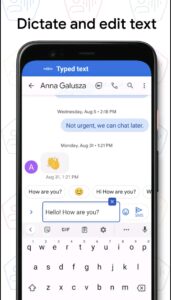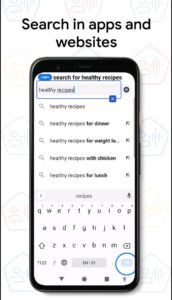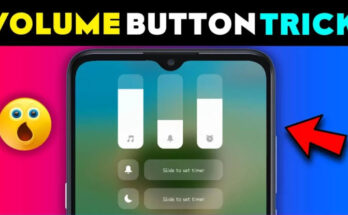Voice Access Control App: Revolutionizing Secure and Hands-Free Authentication
In today’s fast-paced digital world, the demand for secure and convenient access to devices and applications has never been higher. One innovation leading this transformation is the Voice Access Control app—a solution that uses voice recognition technology to authenticate and authorize users. This hands-free, intelligent tool is changing how we interact with technology, providing enhanced security while offering an accessible experience for a wide range of users.
What is a Voice Access Control App?
A Voice Access Control app enables users to control access to smartphones, apps, smart homes, offices, or sensitive data using their voice. Unlike traditional passwords or PINs, voice authentication leverages biometric technology, identifying users based on their unique voice patterns. This technology combines convenience and security, making it a popular choice in industries such as banking, healthcare, enterprise security, and smart home automation.
Key Features and Benefits
- Biometric Security: Voice is as unique as a fingerprint. A voice access app analyzes several vocal characteristics, including pitch, accent, and tone, making it nearly impossible to replicate. This ensures a high level of security for sensitive applications.
- Hands-Free Operation: One of the biggest advantages is its hands-free functionality. Users can unlock devices, open applications, or authorize payments without physically touching their devices—ideal for people with disabilities or in situations where touching a screen is inconvenient.
- Multi-Device Compatibility: Modern voice access apps are compatible with smartphones, tablets, laptops, smart home systems, and IoT devices, providing seamless integration across platforms.
- Time Efficiency: Logging in with voice is often faster than typing passwords or using facial recognition. This improves workflow and reduces friction in user experience.
- Accessibility and Inclusivity: Designed with accessibility in mind, voice access apps help users with physical impairments navigate technology more easily, promoting inclusivity in digital spaces.
Use Cases in Everyday Life
- Smart Homes: Users can lock doors, control lighting, adjust thermostats, and operate appliances using simple voice commands.
- Workplaces: Employees can access secure areas or login to work systems without cards or keypads.
- Healthcare: Doctors and nurses can access patient data quickly without compromising hygiene or security.
- Banking and Payments: Some banks now allow voice authentication for transactions and account access.
Challenges and Future Potential
Despite its advantages, voice access technology faces a few challenges:
- Background Noise: In noisy environments, voice recognition accuracy can be affected.
- Voice Imitation: Though rare, there’s a risk of spoofing through voice recordings or AI-generated voices, though newer systems are improving in detecting fakes.
- Privacy Concerns: Storing voice data securely is crucial to prevent breaches or misuse.
Looking ahead, the integration of AI and machine learning will enhance voice recognition accuracy, speed, and security. As more people adopt smart devices and seek faster, safer authentication methods, voice access apps will become an essential part of our digital lives.
App Link
Conclusion
The Voice Access Control app is not just a convenience—it’s a leap forward in secure, user-friendly technology. By blending biometric security with ease of use, it paves the way for smarter, more accessible, and more secure digital experiences across industries and everyday life.





